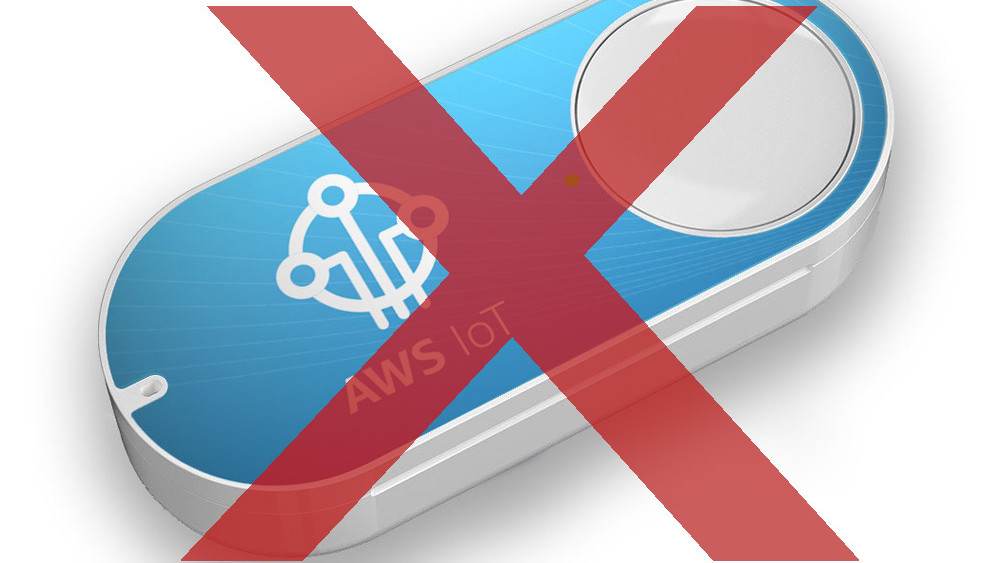
Last week, Amazon released a new kind of Dash button we’ve all been waiting for: one you can program to merge just about any internet-connected devices together.
It all sounds great in theory and seemingly affordable for $20 – until you realize that the battery is not rechargeable or replaceable, and only lasts 1,000 pushes. That’s two cents a push, and no, there’s no counter to tell you how many clicks are left.
Amazon suggests that some things you can do with the button is pizza ordering or Airbnb check in and outs. Two cents a push for these activities are somewhat reasonable, but Philips Hue lights? Do you really want to spend two cents to turn on your lights after spending $200 on a set?
Hacker News user Eric Caron laments that he recently used one to make a nightlight for his kid, only to find that the device doesn’t last nearly enough for its $20 price tag. “[It] is heartbreaking because it’s just a AAA battery that they decided to solder in place,” he shared, saying that his button is estimated to survive maybe 90 days. After all, kids do love buttons.
The idea of physical, magical do-anything buttons is neat, but $20 is a high price considering it’s really more of Amazon’s way to introduce people to its Web Services subsidiary. Besides, one-push mechanisms aren’t a new concept – IFTTT’s Do button, for example, offers this for free and lasts as long as your phone’s battery stays alive.
If you really want a physical button, there are tutorials all over the Web for alternatives that won’t cost as much (or at least stick around longer than 1,000 pushes.)
The original Amazon Dash Buttons make sense because you’re unlikely to push for detergent refills every day or week. But as a testing device, Amazon may want to reconsider the cost or battery capacities of its IoT version while it’s got the chance to restock.
Get the TNW newsletter
Get the most important tech news in your inbox each week.




